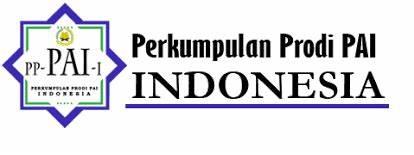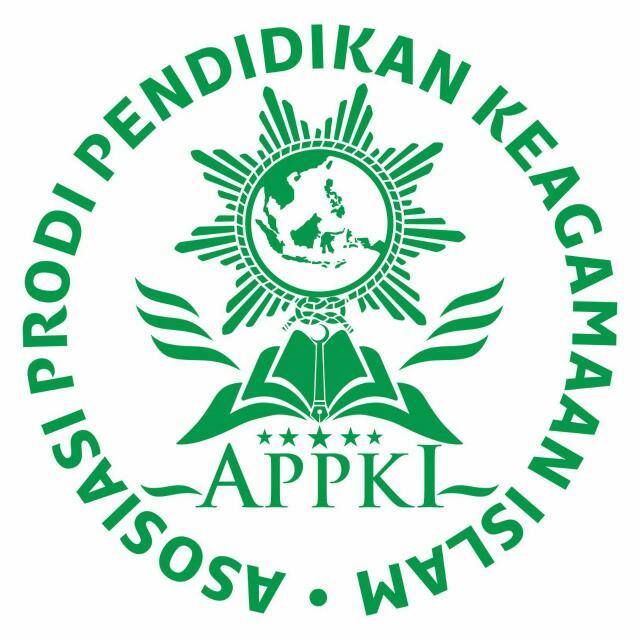peer-review-procces
The peer review process aims to ensure that high quality manuscripts relevant to the topics of the journal are published. All manuscripts submitted to the journal are peer reviewed following the procedure outlined below
Administrative submission eval_uation
All submissions are checked by the Journal Administrator to ensure that they conform to the paper requirements outlined on the author information page of the journal website. Issues such as paper length, standard of the English language, format of diagrams, referencing style, etc. are considered. If the submission does not meet all or some of these criteria the submission will be declined, and the authors asked to resubmit after addressing the issues.
Initial Editorial eval_uation
Chief Editors eval_uates all submitted manuscripts. A manuscript can be rejected at this stage due to not being insufficiently original, having serious scientific flaws, having poor language, or for being outside the aims and scope of the journal. Manuscripts that meet the minimum criteria are either managed by the Chief Editor or passed to an Associate Editor to manage the peer review process.
Authors of manuscripts rejected at this stage will usually be informed within one month of receipt.
Double-Blind Peer Review
The Journal adopts ‘double blind’ peer reviewing. This means the reviewers remain anonymous to the author(s) throughout and following the review process, and the identity of the author(s) is also unknown to the reviewers.
Selecting a Reviewer
Whenever possible, reviewers are matched to the paper according to their expertise, details of which are held on our reviewer database.
Reviewer reports
Reviewers are asked to eval_uate whether the manuscript:
- Is original as to thought and method (including data)
- Is methodologically sound
- Has results which are clearly presented and support the conclusions
- Correctly and extensively references previous relevant work
- Follows appropriate ethical guidelines, especially as concerns plagiarism
- Clearly adds to the knowledge and development of the field
Language correction is not part of the peer review process, but reviewers are encouraged to suggest corrections of language and style to the manuscript, or to suggest whether the manuscript requires proof reading. In the final round, the handling Editor will check matters of linguistic and stylistic accuracy and may suggest or apply corrections at this point. In some cases, the manuscript may be returned to the author(s) for a full linguistic and stylistic revision.
How long does the review process take?
The time required for the review process is dependent on the response of the reviewers. The typical time for the first round of the review process is approximately 6 weeks, with a maximum of three months. Should the two reviewer’s eval_uations contradict one another, or a review is unnecessarily delayed, a further expert opinion may be sought. In rare cases when it is extremely difficult to find a second suitably experienced individual to review a manuscript, and the one report received has thoroughly convinced the handling Editor, a decision to accept, reject or ask the author for revisions may be made, at the handling Editor’s discretion, on the basis of only one review. The handling Editor’s decision will be sent to the author with the reviewer recommendations, usually including the latter’s verbatim comments. As a rule, revised manuscripts are sent to the initial reviewers for checking, who may then request further revision or recommend a reject if it is felt that insufficient changes have been made to the manuscript.
The Chief Editor's decision is final
Reviewers advise the Chief Editor, who is responsible for the final decision to accept or reject the article.









